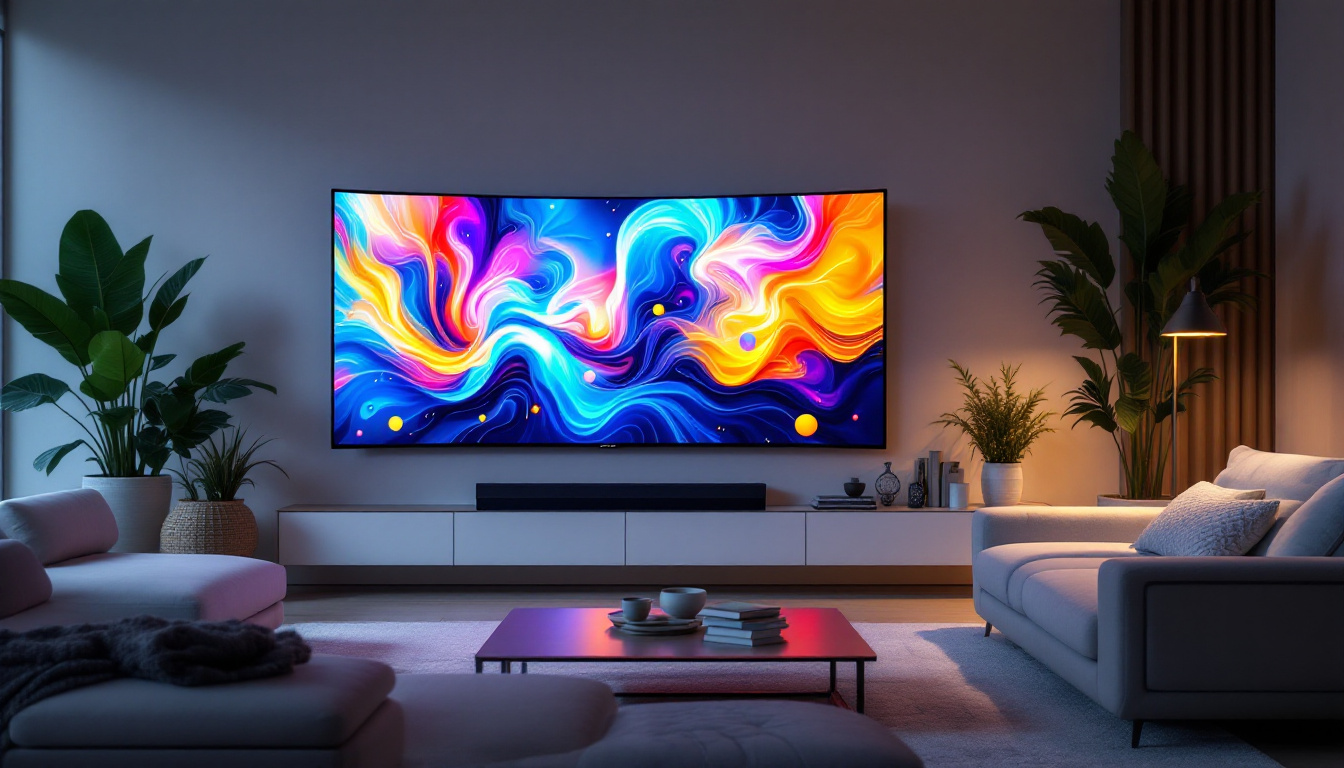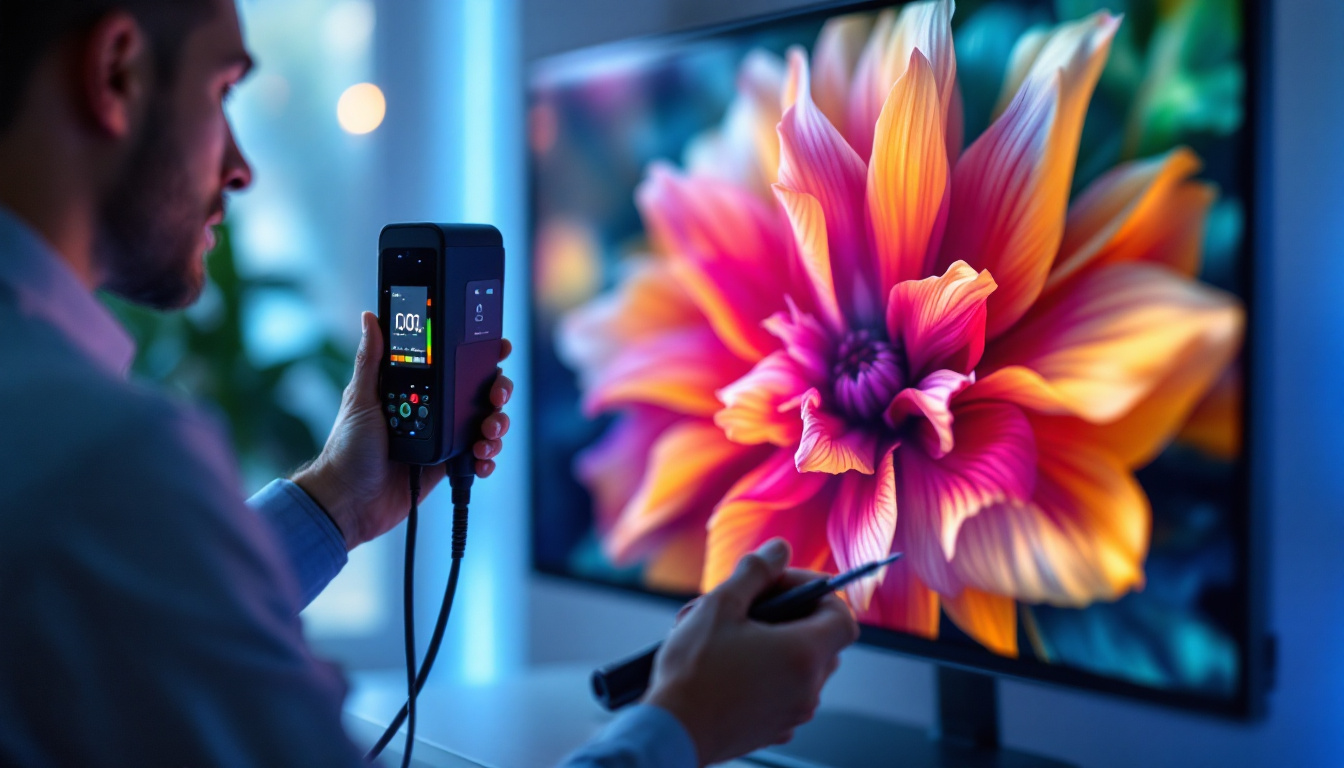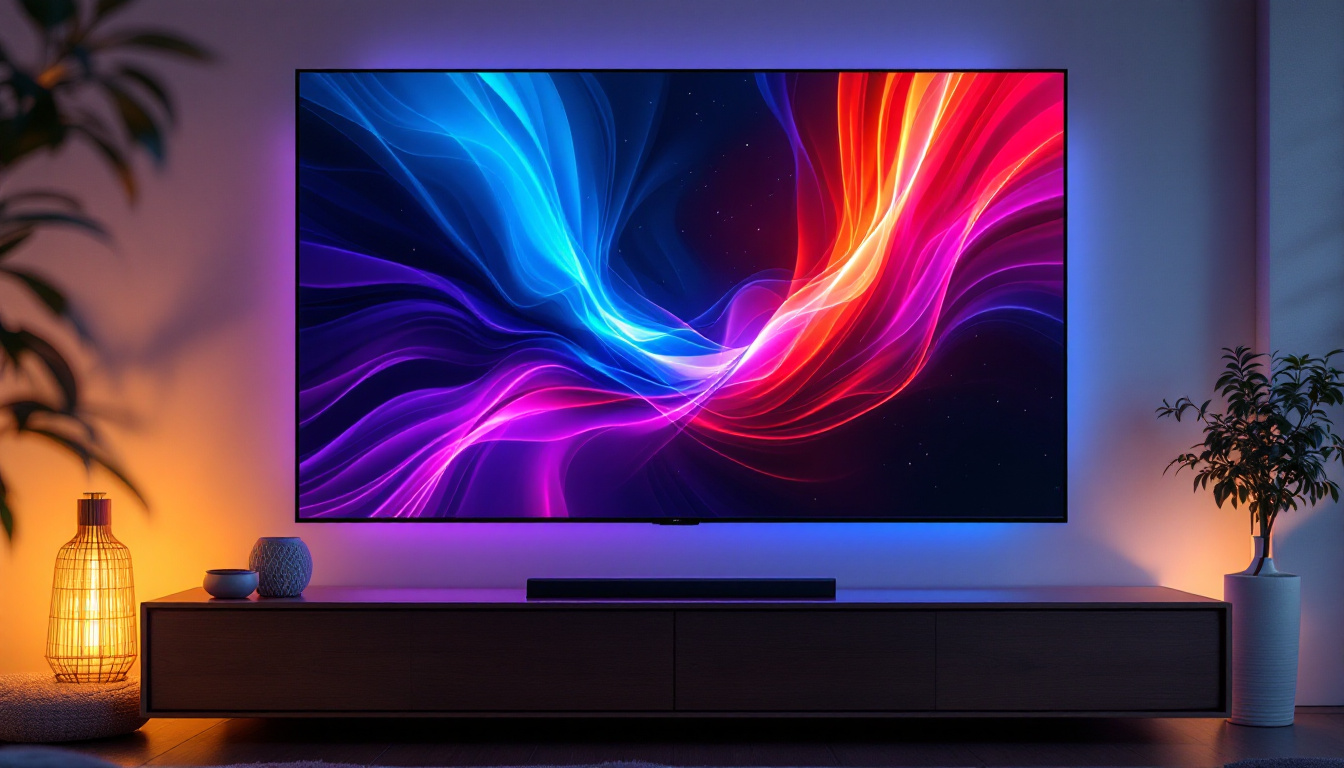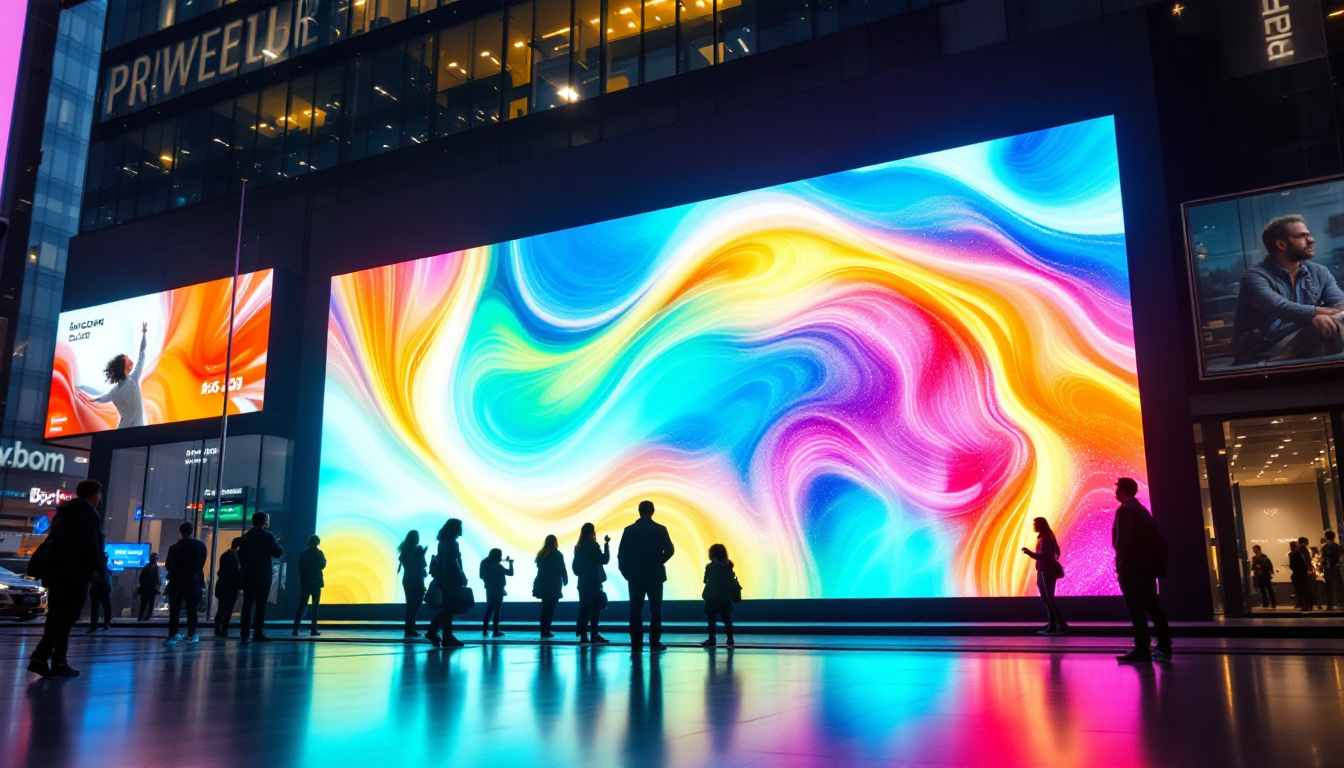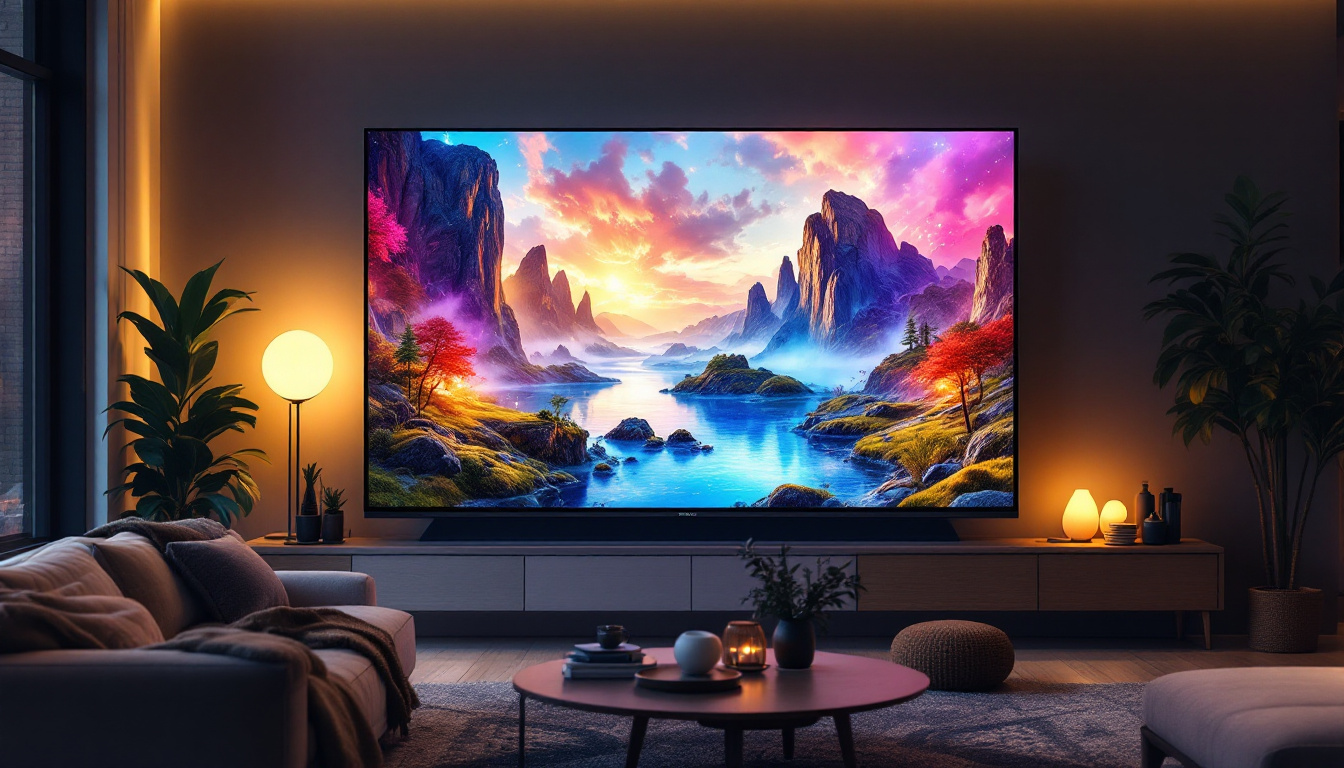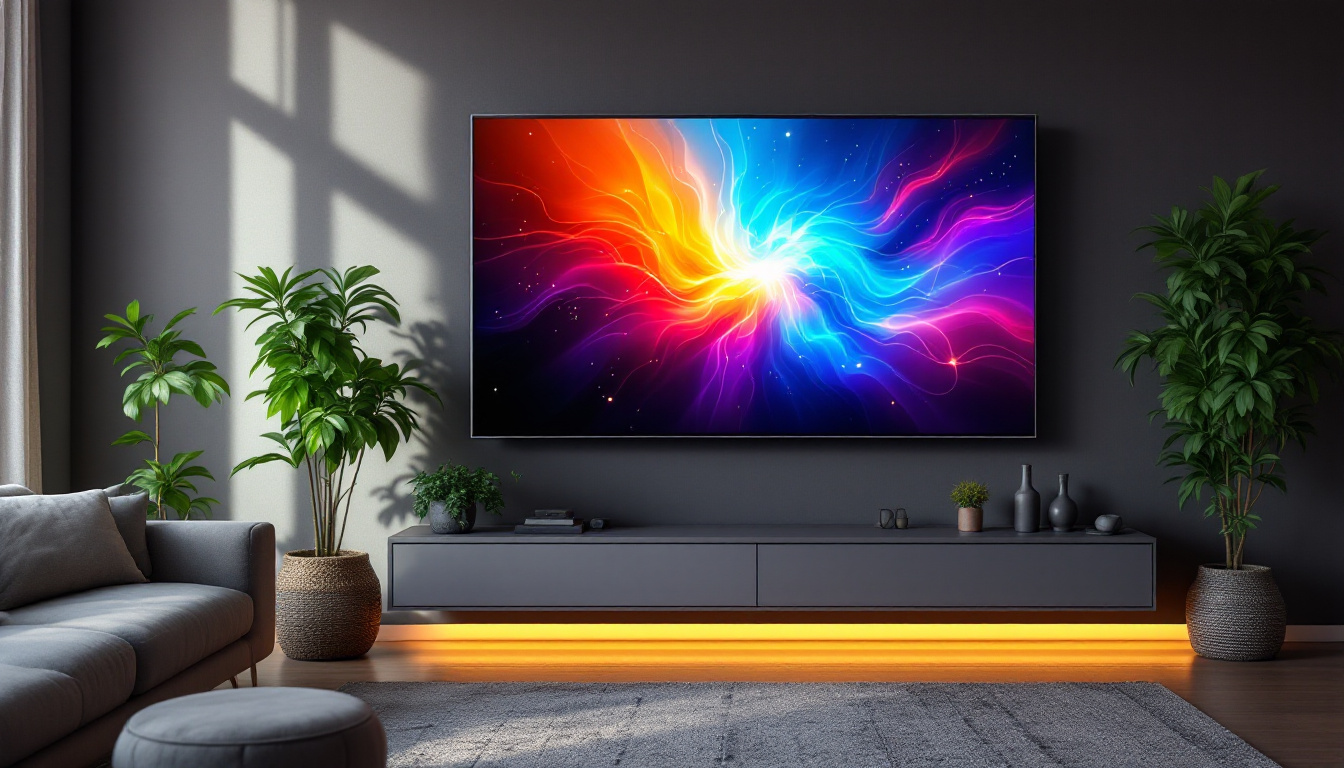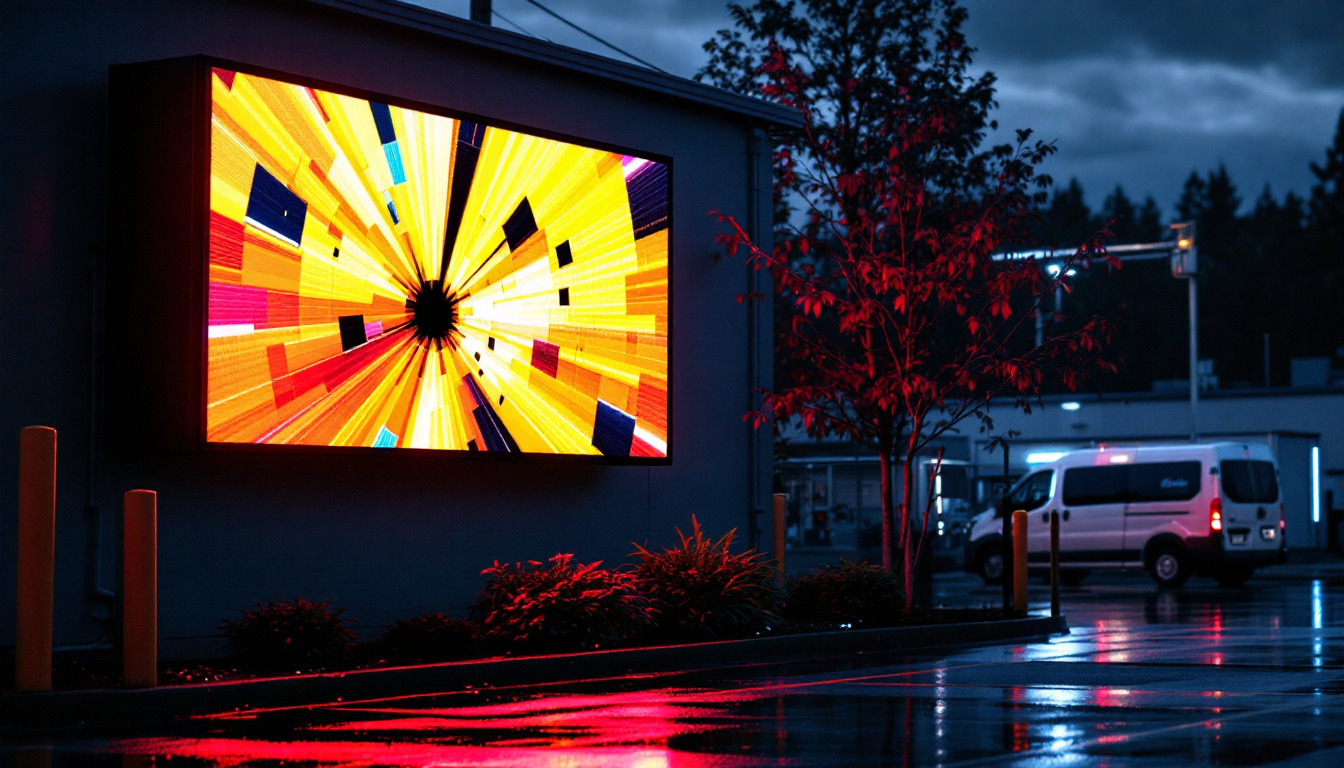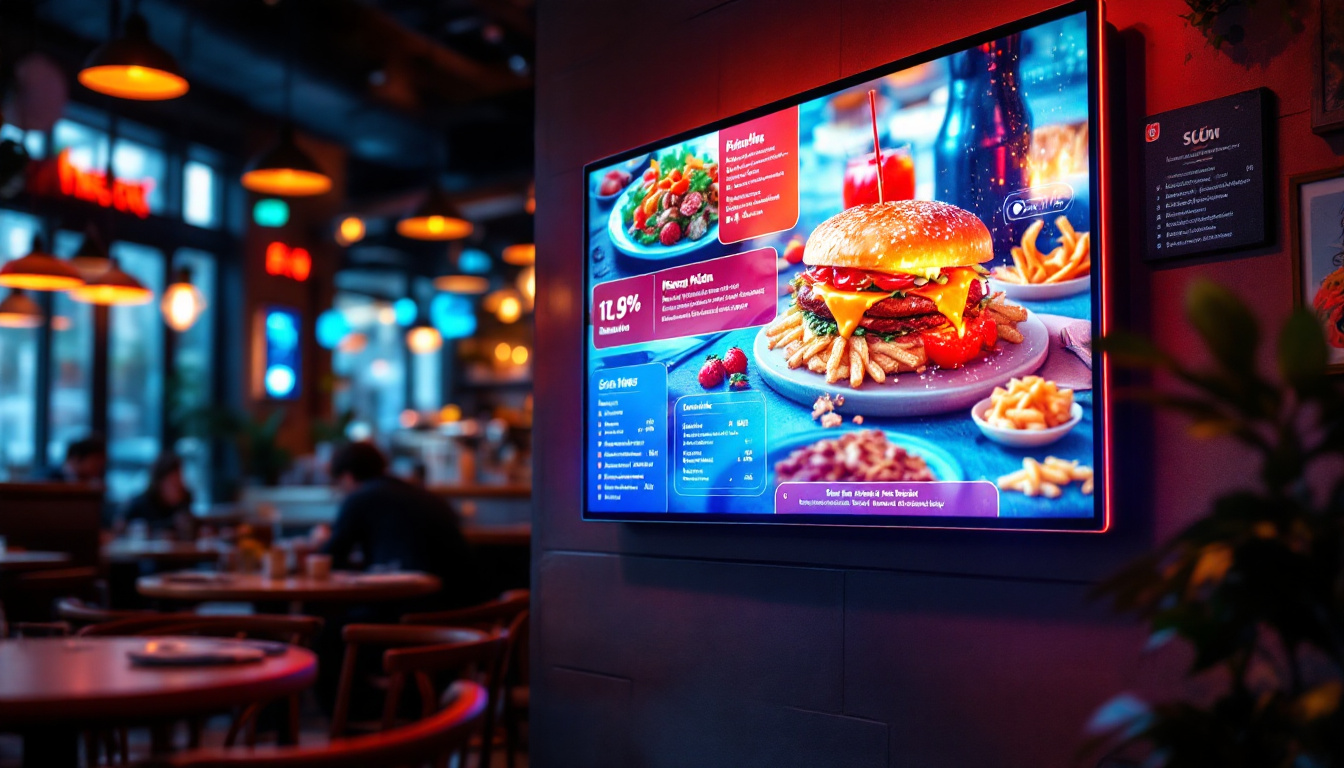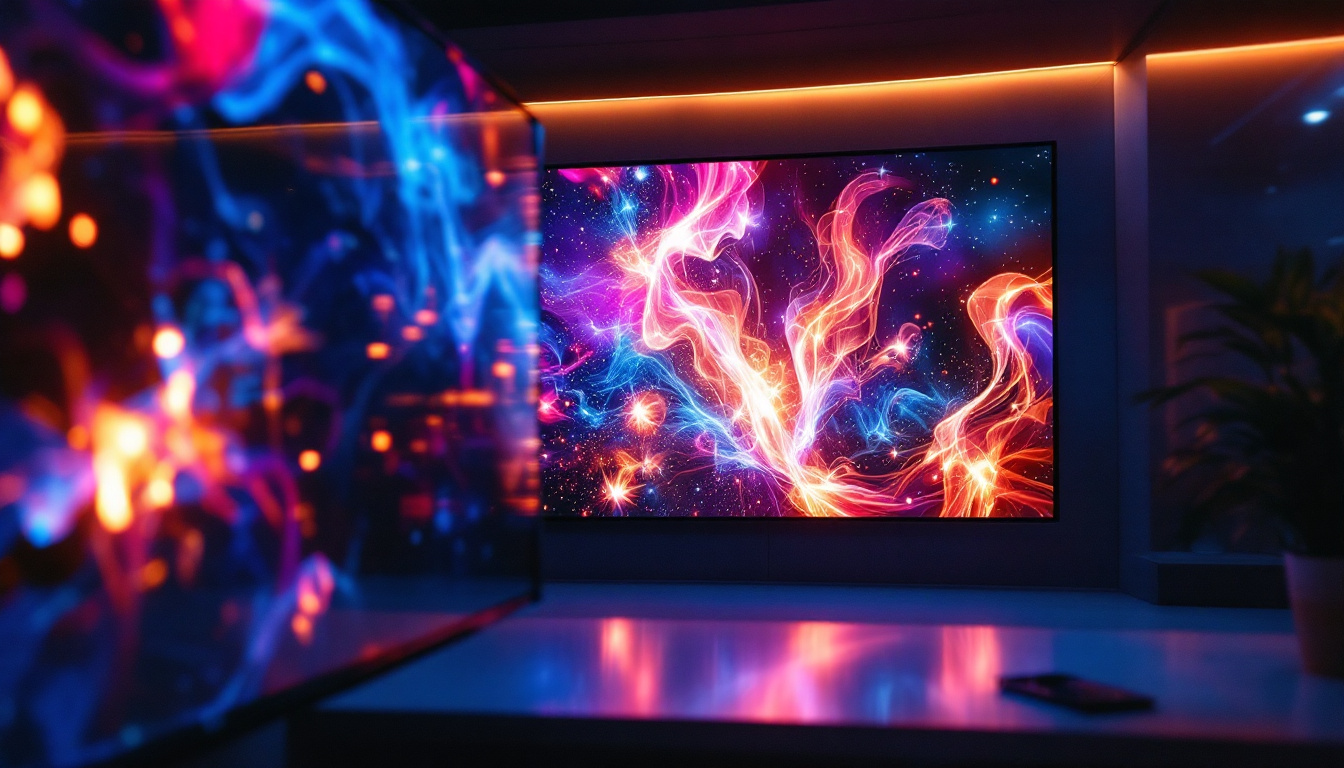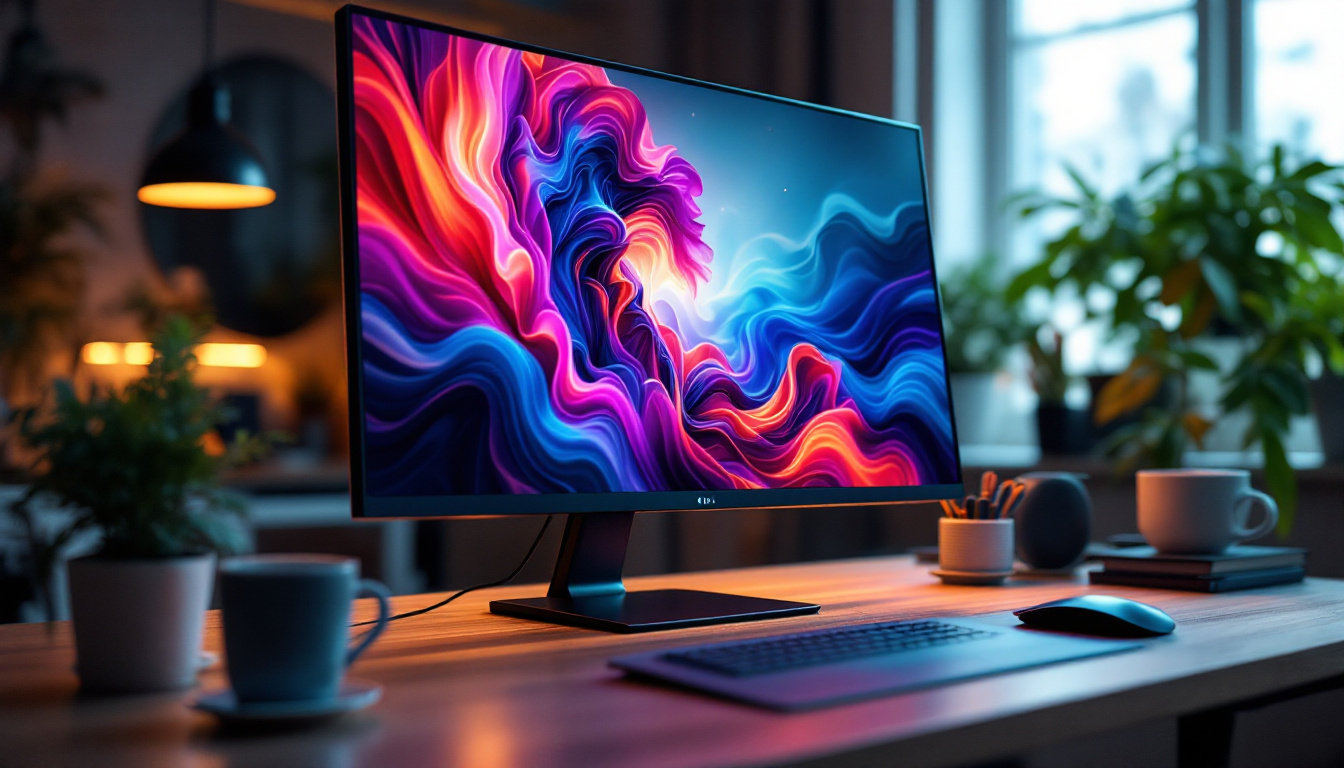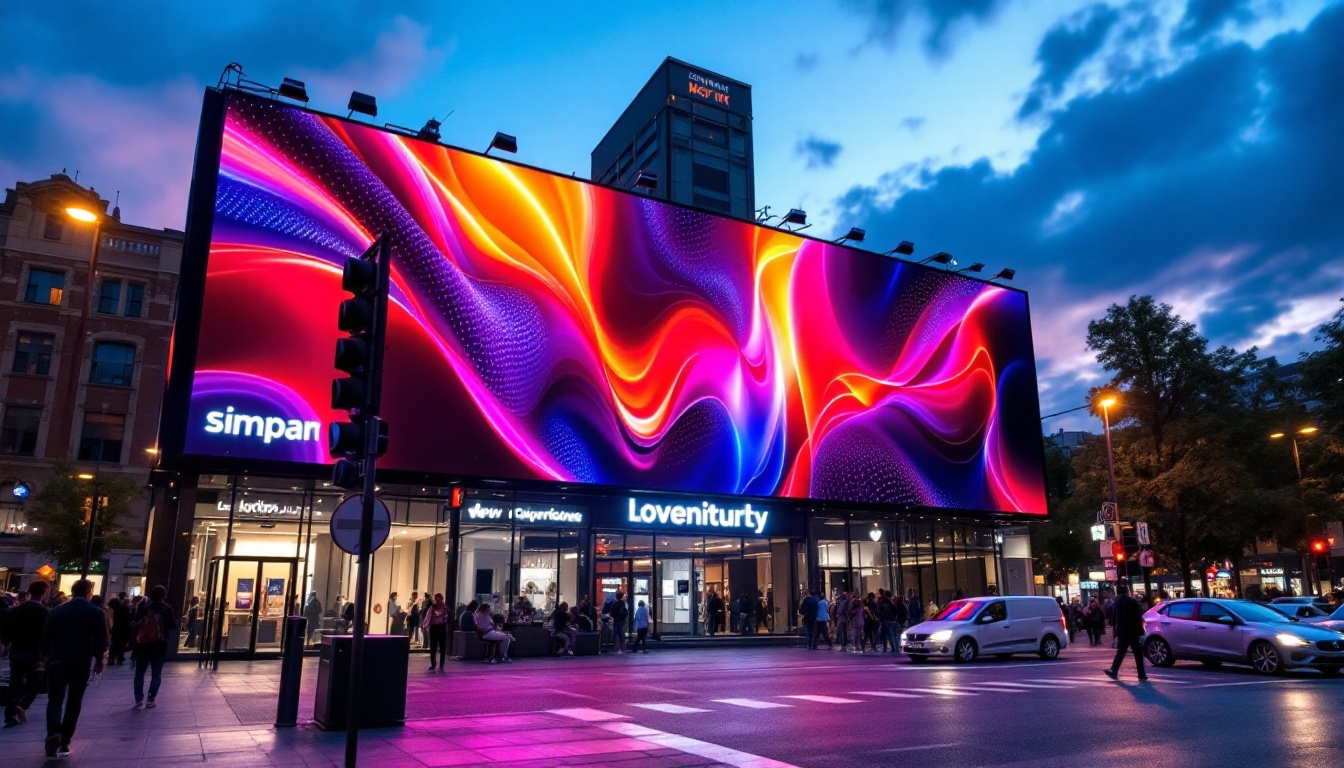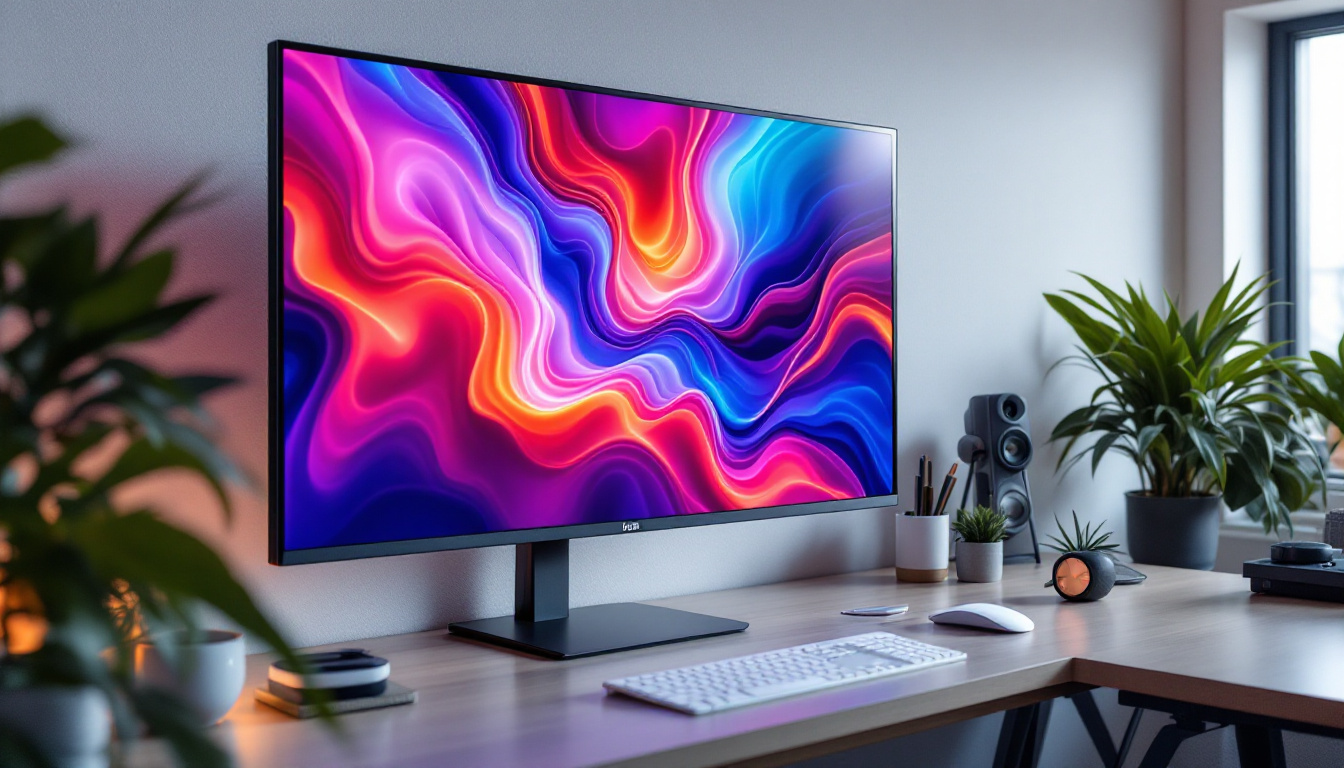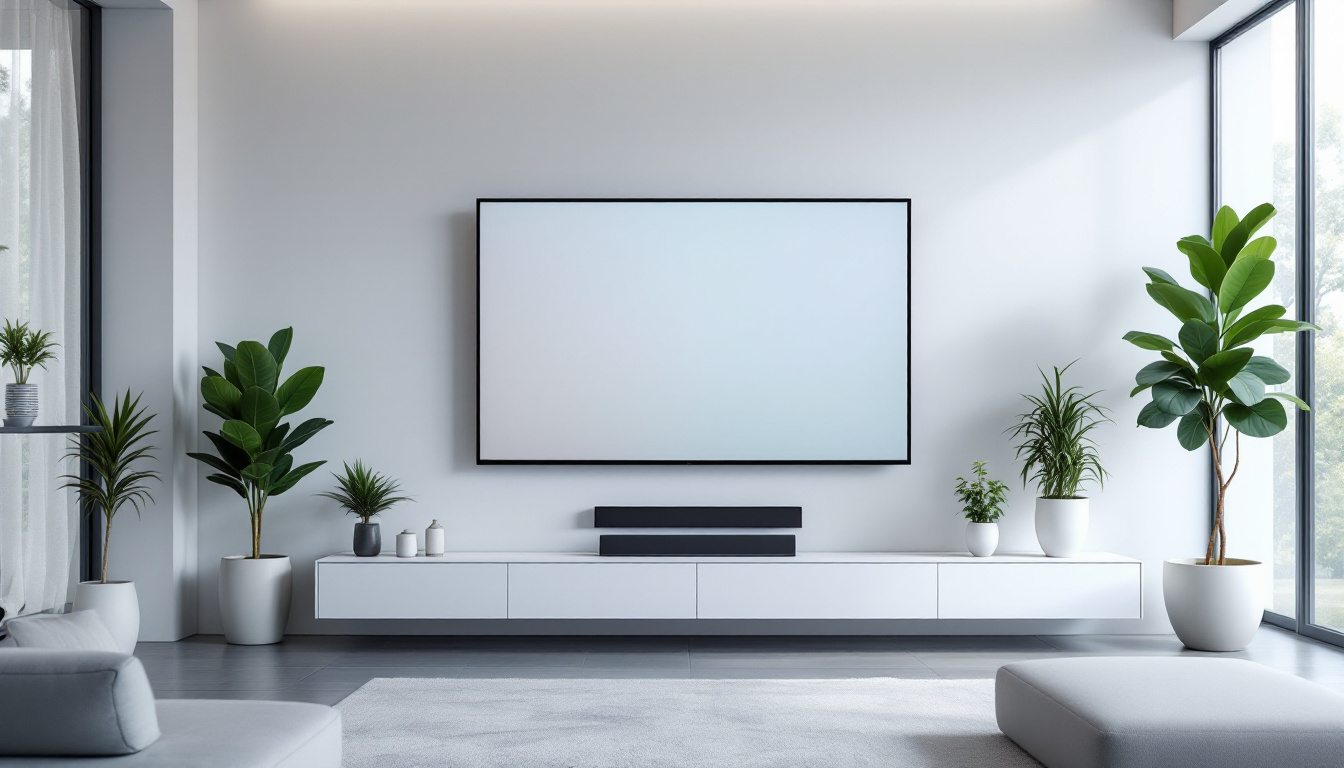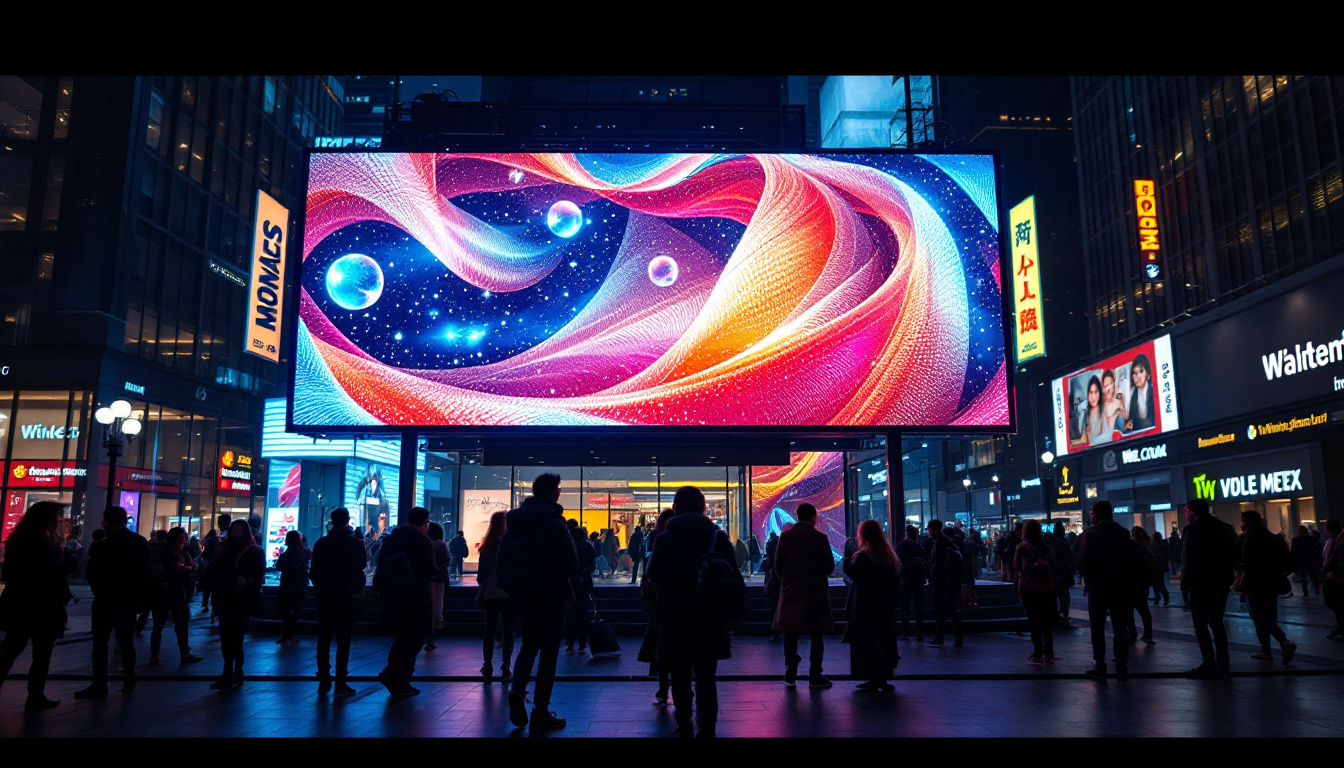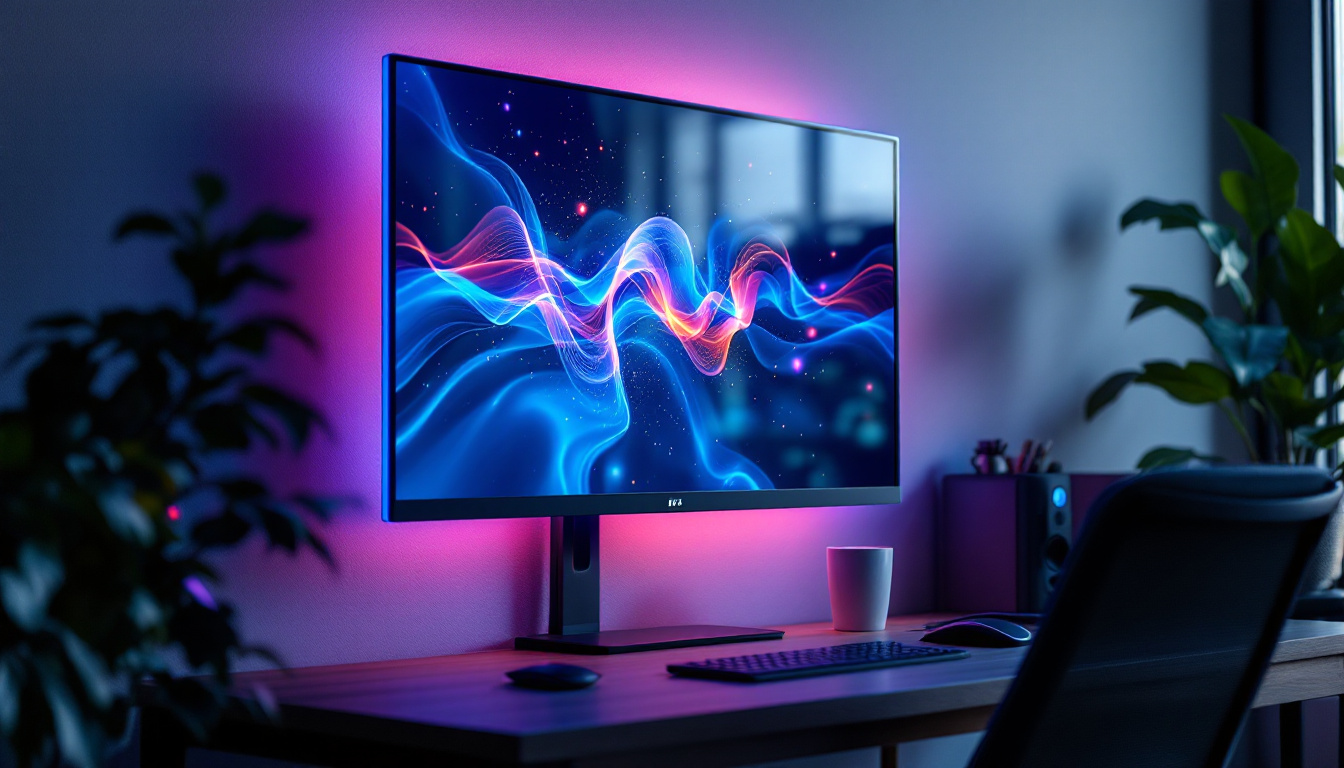Flexible TV Screens: LED Display Explained
The evolution of television technology has been nothing short of remarkable. From bulky cathode-ray tubes to sleek flat screens, the journey has led to the advent of flexible TV screens, a groundbreaking innovation in the world of display technology. This article delves into the intricacies of LED displays, exploring the mechanics behind flexible screens, their advantages, and their potential future in the entertainment industry.
Understanding LED Technology
Light Emitting Diode (LED) technology has transformed the way we experience visual media. At its core, LED technology utilizes semiconductor materials to emit light when an electric current passes through them. This process not only allows for brighter displays but also contributes to energy efficiency. Compared to traditional incandescent bulbs, LEDs consume significantly less power, making them a more sustainable choice for both consumers and the environment. As energy costs rise and environmental concerns grow, the shift towards LED technology has become increasingly vital in various applications, from household lighting to large-scale billboards.
How LED Displays Work
LED displays consist of numerous tiny diodes that work together to create images. Each diode can emit different colors, and by combining these colors, a full spectrum of shades can be produced. This capability results in vibrant images and enhanced color accuracy, making LED displays a popular choice for televisions and monitors alike. The technology behind these displays also includes advanced pixel management, which ensures that each pixel can be controlled independently for superior contrast and detail. This level of precision is particularly beneficial in high-definition and 4K displays, where clarity and color fidelity are paramount.
In a typical LED screen, there are two primary types: direct-lit and edge-lit. Direct-lit LED screens have diodes placed behind the display panel, providing uniform brightness across the screen. In contrast, edge-lit displays have LEDs positioned along the edges, using light guides to illuminate the screen. Each method has its benefits, but the choice often depends on the desired thickness and design of the television. Additionally, advancements in local dimming technology have further improved the performance of LED displays, allowing for deeper blacks and brighter whites by selectively dimming or brightening specific areas of the screen based on the content being displayed.
The Role of Flexible Displays
Flexible displays take the advantages of traditional LED technology and add a new dimension—literally. These screens can bend and curve, allowing for innovative designs that were previously impossible. The flexibility is achieved through the use of organic light-emitting diodes (OLED) or thin-film transistor (TFT) technology, which enables screens to be made from more pliable materials. This innovation not only enhances the visual experience but also encourages creativity in product design, leading to unique applications in smartphones, wearables, and even automotive displays.
This flexibility opens up a world of possibilities for manufacturers and consumers alike. Imagine a television that can be rolled up like a poster or curved to fit the contours of a room. Such innovations not only enhance the aesthetic appeal of a space but also provide functional benefits, such as reducing glare and optimizing viewing angles. Furthermore, the integration of flexible displays into everyday items, such as smart mirrors or interactive surfaces, is paving the way for a more immersive and interactive environment, where technology seamlessly blends with our daily lives. As research continues to advance in this field, we can expect even more groundbreaking developments that push the boundaries of what is possible with LED technology.
Advantages of Flexible TV Screens
The introduction of flexible TV screens has brought several advantages to the table, making them an appealing option for consumers and manufacturers alike. These benefits range from design flexibility to improved viewing experiences.
Design Versatility
One of the most significant advantages of flexible TV screens is their design versatility. Unlike traditional flat screens, flexible displays can be customized to fit various environments and preferences. Whether it’s a curved screen that wraps around a room or a modular design that allows multiple screens to be connected, the possibilities are endless.
This adaptability can enhance interior design, allowing homeowners to integrate technology seamlessly into their living spaces. Additionally, manufacturers can create unique products that stand out in a crowded market, catering to consumer demands for personalization and innovation.
Enhanced Viewing Experience
Flexible screens can also improve the overall viewing experience. By curving the display, manufacturers can reduce distortion and provide a more immersive experience. This is particularly beneficial for larger screens, where viewers often sit at varying angles. A curved screen can help ensure that everyone in the room enjoys a consistent picture quality, regardless of their position.
Moreover, flexible LED displays can be designed to minimize glare and reflections. This feature is essential in brightly lit rooms, where traditional flat screens may struggle to maintain image clarity. The ability to adjust the curvature of the screen can further enhance viewing comfort, allowing users to find the optimal angle for their environment.
Energy Efficiency
In addition to their aesthetic and functional benefits, flexible LED displays are also more energy-efficient than traditional displays. The use of OLED technology, which allows for individual pixels to be turned off when displaying black, results in lower energy consumption. This not only reduces electricity bills but also contributes to a more sustainable approach to technology.
As consumers become increasingly conscious of their environmental impact, energy-efficient products are gaining traction. Flexible TV screens, with their reduced energy consumption and innovative designs, align well with this trend, making them an attractive option for eco-conscious buyers.
Challenges Facing Flexible TV Screens
Despite their many advantages, flexible TV screens are not without challenges. As with any emerging technology, there are hurdles to overcome before they can become mainstream products.
Durability Concerns
One of the primary concerns with flexible displays is their durability. While the materials used in these screens are designed to be lightweight and flexible, they may not be as robust as traditional glass screens. This raises questions about their resistance to scratches, impacts, and other forms of damage.
Manufacturers are continuously working to improve the durability of flexible displays. Advances in material science are leading to the development of tougher substrates that can withstand daily wear and tear. However, consumers must remain aware of the potential fragility of these screens compared to their rigid counterparts.
Cost Implications
Another challenge is the cost associated with producing flexible TV screens. The technology and materials required to create these displays are often more expensive than those used in traditional screens. As a result, flexible TVs can carry a higher price tag, which may deter some consumers.
Over time, as production processes become more efficient and demand increases, it is likely that prices will decrease. However, for the moment, the cost remains a significant barrier to widespread adoption.
Market Acceptance
Market acceptance is another critical factor that will influence the future of flexible TV screens. Consumers are often hesitant to embrace new technologies, especially when it comes to high-value items like televisions. Education and marketing will play essential roles in demonstrating the benefits of flexible displays and encouraging consumers to make the switch.
As more brands enter the market and showcase the capabilities of flexible screens, acceptance is likely to grow. However, it will take time for these innovations to become commonplace in households around the world.
The Future of Flexible TV Screens
The future of flexible TV screens is promising, with ongoing advancements in technology and design. As manufacturers continue to innovate, several trends are likely to shape the landscape of flexible displays.
Integration with Smart Technology
As smart home technology becomes increasingly prevalent, the integration of flexible TV screens with smart systems is expected to grow. Imagine a flexible screen that can be controlled via voice commands, seamlessly integrated with home automation systems, or even adjusted based on the time of day to optimize viewing conditions.
This level of integration will enhance user experience and create a more cohesive smart home environment. Flexible displays could become central hubs for entertainment, information, and connectivity, further solidifying their place in modern living spaces.
Advancements in Material Science
Ongoing research in material science is likely to yield new innovations that enhance the performance and durability of flexible displays. From stronger substrates to improved OLED technologies, these advancements will address current concerns and pave the way for more robust and reliable products.
As materials become more resilient and cost-effective, manufacturers will be better positioned to produce flexible screens that meet consumer demands for quality and affordability. This could lead to an explosion of options in the market, catering to a wide range of preferences and budgets.
Broader Applications Beyond TVs
While the focus on flexible displays has primarily been within the television market, their applications extend far beyond. Industries such as automotive, advertising, and even wearable technology are beginning to explore the potential of flexible screens. In cars, for instance, flexible displays could be used for dashboards or infotainment systems, providing a sleek and modern look.
In advertising, flexible screens can be used to create dynamic and eye-catching displays that can adapt to different environments. The potential for wearable technology is also vast, with flexible screens enabling new forms of devices that can conform to the human body.
Conclusion
Flexible TV screens represent a significant leap forward in display technology, combining the benefits of LED with innovative design possibilities. While challenges remain, the advantages of flexibility, enhanced viewing experiences, and energy efficiency make them an appealing option for consumers.
As the market continues to evolve, advancements in technology and materials will likely address current concerns, paving the way for broader acceptance and integration into everyday life. The future of flexible displays is bright, promising a new era of entertainment that is as dynamic and adaptable as the environments in which they will be used.
In a world where technology is constantly evolving, flexible TV screens stand out as a testament to human ingenuity and creativity. As they become more accessible, they may very well redefine how we interact with visual media in our homes and beyond.
Discover the Future of Visual Experience with LumenMatrix
Embrace the era of innovation and transform your visual engagement with LumenMatrix’s advanced LED display solutions. As a pioneer in LED technology, LumenMatrix offers a diverse range of products, from Indoor and Outdoor LED Wall Displays to dynamic Vehicle and Sports LED Displays, including specialized options like LED Poster, Floor, Custom, All-in-One, and Transparent Displays. Join the revolution in visual communication and check out LumenMatrix LED Display Solutions today to share your message with unparalleled impact and clarity.

